All About Nima Yooshij (Books, Poems, Quotes)
Nima Yooshij (1895–1960), often hailed as the father of modern Persian poetry, revolutionized Iranian literature with his innovative style, known as “She’r-e No” or “New Poetry.” Born in the small village of Yush in northern Iran, Nima broke away from the rigid classical structure of Persian verse and introduced free verse, which allowed for greater flexibility and expression. His bold departure from tradition inspired a generation of poets to explore new themes and forms. Yooshij’s contributions not only reshaped Persian poetry but also laid the foundation for modern literary movements in Iran. His work remains influential, cementing his legacy as one of the most significant figures in Persian literature.
About Nima Yooshij
Nima Yooshij, or Ali Esfandiari, born on November 11, 1895, in Yush, Mazandaran, grew up in a mountainous region that significantly influenced his poetic imagery. Raised in a rural environment, Nima was initially trained in classical Persian literature but soon became dissatisfied with its limitations. After moving to Tehran for formal education, he was introduced to modern Western literature, which inspired his pursuit of a new poetic form.
His early works reflect the struggles of blending tradition with innovation. Despite facing resistance from literary critics, Nima’s determination to break free from classical forms led to the birth of “She’r-e No” (New Poetry), a movement that transformed Persian poetry. His personal journey from rural beginnings to becoming a literary revolutionary is a testament to his perseverance and creative vision.
Nima Yooshij School
Nima Yooshij’s early school life was filled with challenges. As a young boy growing up in the village of Yush, Nima was sent to a traditional religious school, where he found it difficult to fit in. The rigid structure of the lessons and the harsh treatment from teachers initially made him dislike education. His rebellious nature clashed with the expectations of his instructors, which led to a difficult start in his academic journey. However, his interest in literature began to develop during this time, as he secretly indulged in reading classical Persian poetry, laying the foundation for his future as a poet.
Nima’s transformative experience came when he was sent to Saint Louis School, a French missionary school in Tehran. There, he was introduced to Western literature and modern intellectual movements, which deeply influenced his thinking and writing. This exposure to French poetry and philosophy ignited his passion for innovation in Persian poetry. At Saint Louis School, Nima began to break away from the strict classical forms he had learned as a child, experimenting with new poetic structures and themes. His education in Tehran played a crucial role in shaping his revolutionary ideas, setting the stage for his creation of “She’r-e No” and his lasting impact on Persian literature.
Nima Yooshij Language
Nima Yooshij was a gifted linguist who spoke several languages and dialects. Raised in the Mazandaran region of Iran, Nima was fluent in Mazandarani, a northern Iranian dialect, which heavily influenced his poetic imagery and themes. In addition to his native Persian, Nima became proficient in French during his time at Saint Louis School in Tehran, where he was exposed to modern Western literature and thought.
His knowledge of French allowed him to explore European literary movements and incorporate their ideas into his work, further enriching his groundbreaking approach to Persian poetry. Nima’s ability to navigate different languages and dialects helped him bridge traditional Persian literature with modern poetic forms, cementing his place as a literary pioneer.
Language of Nima Yooshij Poetry
Nima Yooshij, often regarded as the father of modern Persian poetry, introduced a revolutionary shift in the form and content of Persian poetry. His poetic language is distinct for its departure from the classical styles of Persian poets like Hafez and Saadi. Nima’s poetry is characterized by a more colloquial and natural tone, reflecting the everyday language of ordinary people rather than the elevated and formal diction of traditional Persian poetry.
He incorporated elements of spoken language, allowing his verses to be more accessible and relatable. Nima also wrote in his native Mazandarani dialect, which is spoken in the northern region of Iran where he was born. This inclusion of regional dialects in his poetry adds a rich cultural and linguistic texture, blending the traditional and the modern, the formal and the regional. His use of both the Persian literary language and the Mazandarani dialect represents his connection to his roots while pushing the boundaries of Persian poetry into a new era.
Nima Yooshij Poems
Nima Yooshij is celebrated for breaking away from the rigid conventions of traditional Persian poetry, introducing a free-verse style that revolutionized Iranian literature. His poems often focus on social issues, human suffering, and the natural world, expressing themes of struggle, alienation, and hope. By using innovative structures and a new form called “She’r-e Nimaa’i” (Nimaic poetry), he sought to reflect the complexities of modern life.
Nima infused his work with a sense of realism and a deep connection to the emotions and lives of ordinary people, contrasting sharply with the idealized, romanticized themes of classical Persian poetry. His ability to blend colloquial language with poetic symbolism made his work accessible yet profoundly layered.
One of Nima Yooshij’s most famous poems is Afsaneh (The Myth), which marks the beginning of his new poetic movement. In Afsaneh, Nima depicts a dialogue between a poet and his beloved, who symbolizes both a real person and a metaphor for higher ideals or inspiration.
The poem, written in a free-flowing style, reflects the internal struggles of the poet, torn between his personal desires and the harsh realities of the world. Its innovative form, emotional depth, and symbolic language have made it a cornerstone of modern Persian literature, setting the stage for future generations of poets to explore new themes and forms. Afsaneh is often seen as a manifesto for Nima’s poetic philosophy and a call for freedom in artistic expression.
Nima Yooshij Books
Nima Yooshij, best known for his revolutionary poetry, also authored several books that reflect his literary innovation and philosophical depth. His works include collections of poems, literary critiques, and theoretical writings on poetry. Notable among his books is Majmu’eh-ye Ash’ar (Collection of Poems), which showcases his evolution from traditional to modern styles.
Another important work is Maktub-ha-ye Nima (Nima’s Letters), a compilation of his letters that reveal his thoughts on art, society, and the role of the poet. In his prose works, Nima often explored the purpose of literature and the importance of modernizing Persian poetry. Through his books, he not only demonstrated his mastery of language but also paved the way for future generations of Iranian poets and writers, solidifying his legacy as a literary pioneer.
Nima Yooshij Quotes
Nima Yooshij’s quotes reflect his deep philosophical insights and commitment to transforming Persian poetry. One of his famous quotes is: “The world is not just a place for pleasant talk and soft words, but also a battlefield for ideas and thoughts.”
This statement encapsulates his belief that poetry should engage with the realities of life, confronting social and political issues rather than merely dwelling on romantic or idealized themes.
He also famously said, “Poetry is like the wind that moves the leaves of trees; it touches everything but leaves no mark.” This metaphor illustrates his view that poetry has the power to evoke emotions and thoughts without necessarily following rigid, traditional structures.
Another significant quote by Nima is: “The poet is not a mirror to reflect, but a hammer to shape.” With this, he emphasized the role of the poet as an active force in society, someone who shapes and challenges rather than merely reflecting the world as it is. He believed in the transformative power of poetry and its ability to provoke change.
Nima also said, “In the movement of the sea, there is no rhythm, and in poetry, the rhythm must follow the same natural flow.” This reflects his innovative approach to poetic structure, advocating for free verse that mimics the natural rhythms of life rather than the strict forms of classical Persian poetry.
Nima Yushij House (Tehran)
Nima Yooshij’s house in Tehran, often referred to as the “Nima Yooshij Museum House,” is a significant cultural site dedicated to the life and legacy of the poet. The house, which showcases his personal belongings, manuscripts, and various photographs, offers visitors a glimpse into the private world of the poet who revolutionized Persian literature.
The architecture of the house reflects the era in which Nima lived, providing a sense of the historical context that influenced his work. The museum serves not only as a tribute to Nima’s contributions to modern Persian poetry but also as a cultural hub for those interested in Iran’s literary heritage. Visitors can explore the rooms where Nima lived and wrote, gaining a deeper understanding of his personal life and the environment that shaped his creativity.
The Nima Yooshij Museum House is located in the Elahieh neighborhood of northern Tehran, a district known for its cultural and historical significance. It is generally open to the public from 9:00 AM to 5:00 PM on weekdays, although visiting hours may vary on holidays or special occasions. Visitors are encouraged to check ahead for exact hours, as well as any potential guided tours that might provide additional insights into Nima’s life and work. The house is easily accessible by car or public transport, making it a convenient stop for those interested in Iranian history and literature.
Last Words
Nima Yooshij stands as a monumental figure in the history of Persian literature, heralding a new era of modern poetry that broke free from the constraints of classical forms. His innovative use of free verse, incorporation of everyday language, and focus on the realities of life reshaped the poetic landscape in Iran, inspiring countless poets and writers to explore new themes and forms. Nima’s commitment to reflecting on social and personal struggles through his art has left a lasting legacy, making him not only the father of modern Persian poetry but also a symbol of literary freedom and creative evolution. His influence continues to resonate, bridging the traditional and the modern and ensuring his place as one of Iran’s most important cultural figures.
Are you planning to travel to Iran and looking for an Iran travel agency? Check out our Iran tours and feel free to contact us.

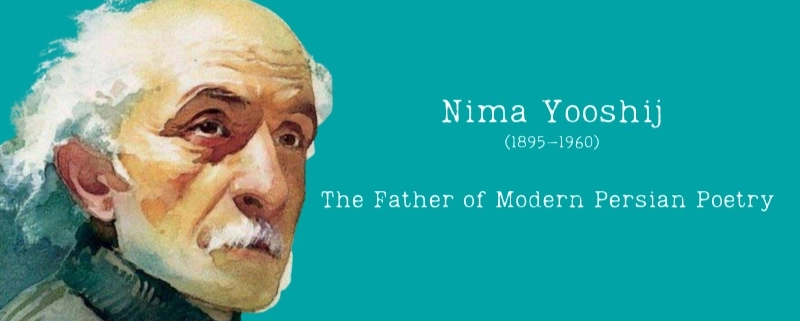
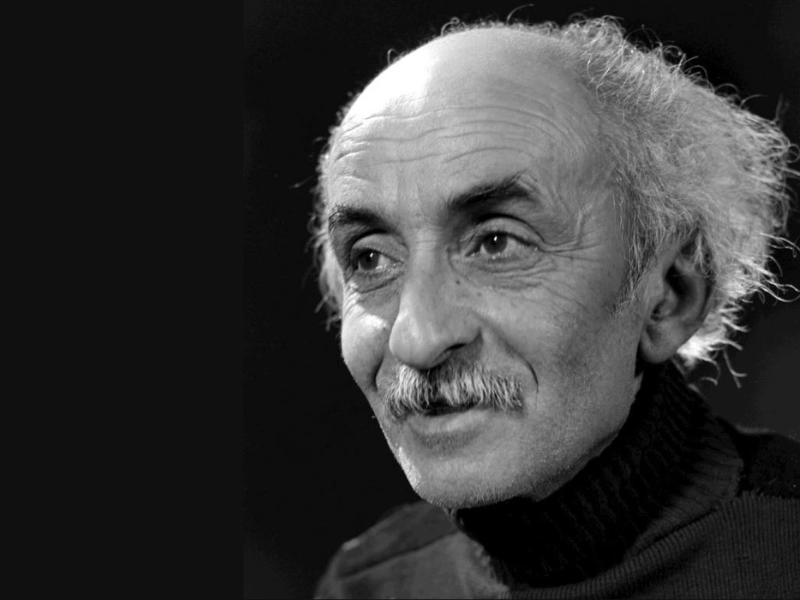
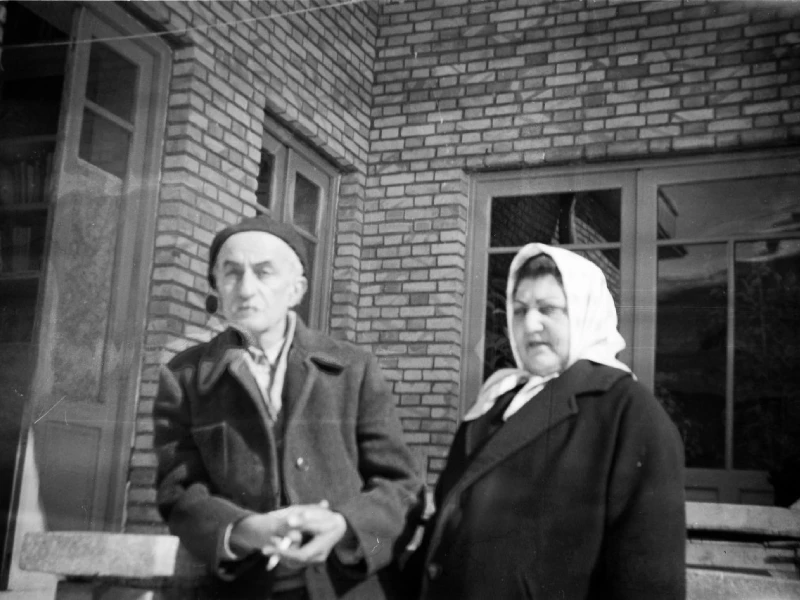
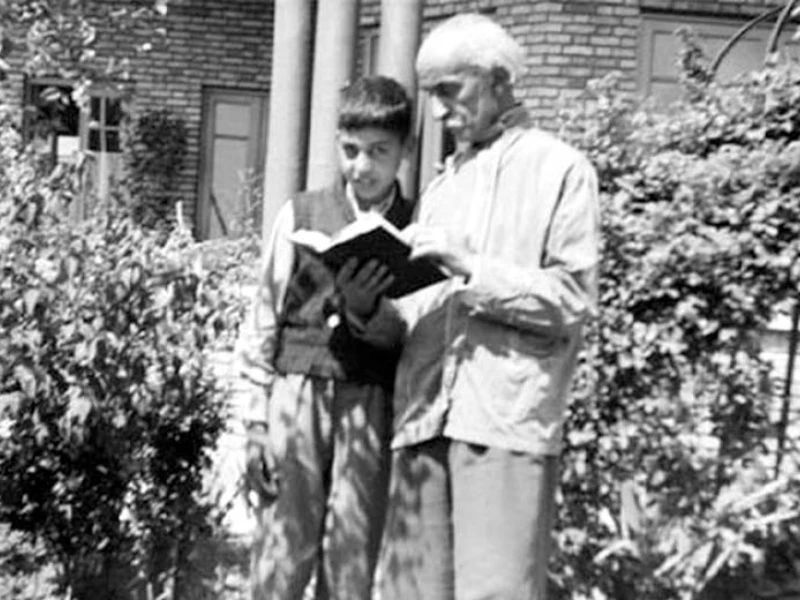
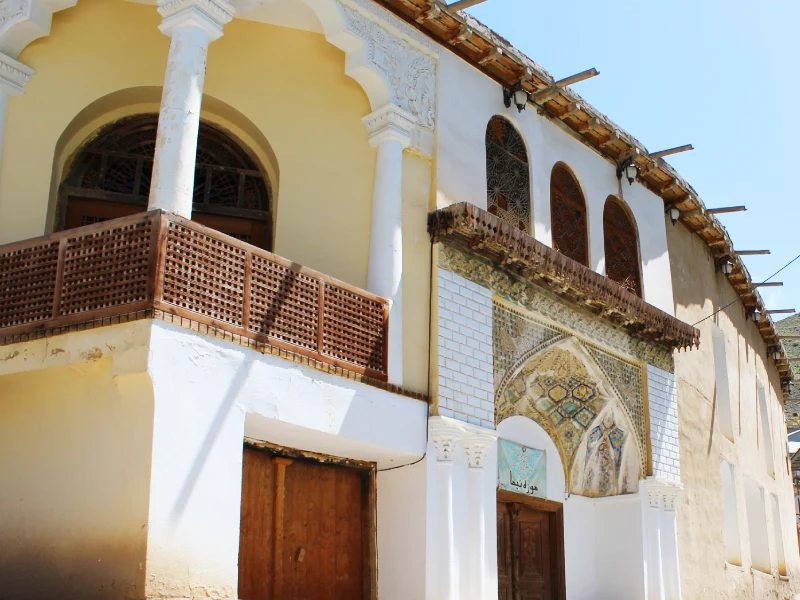




Leave a Reply
Want to join the discussion?Feel free to contribute!